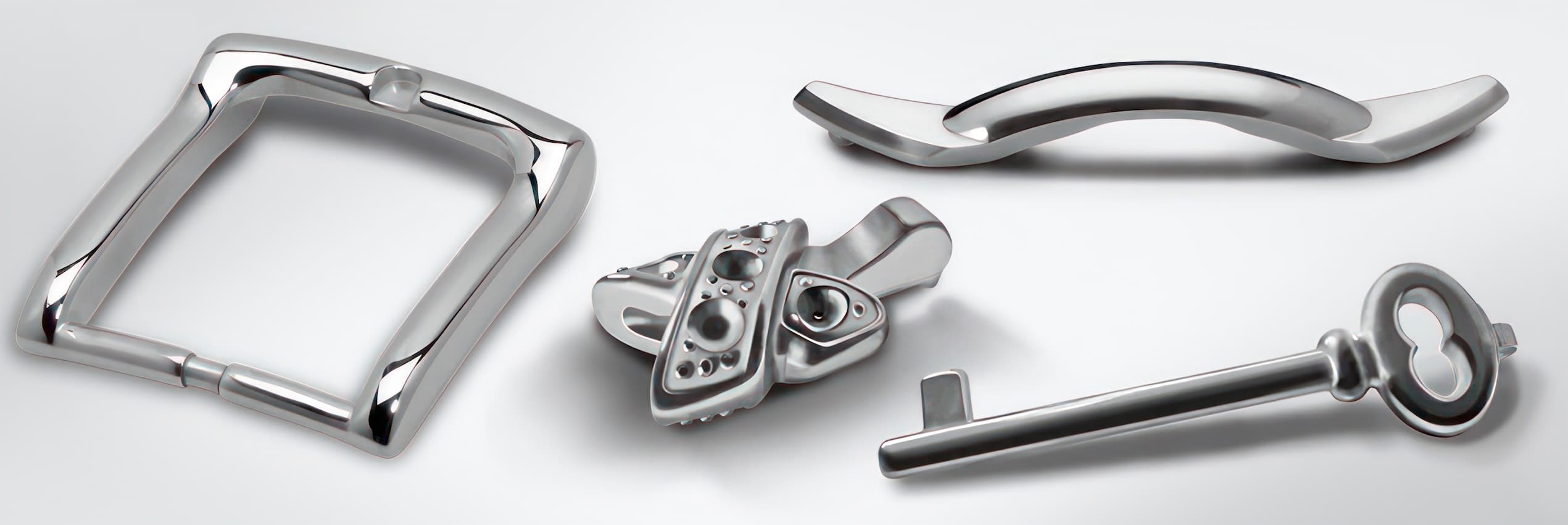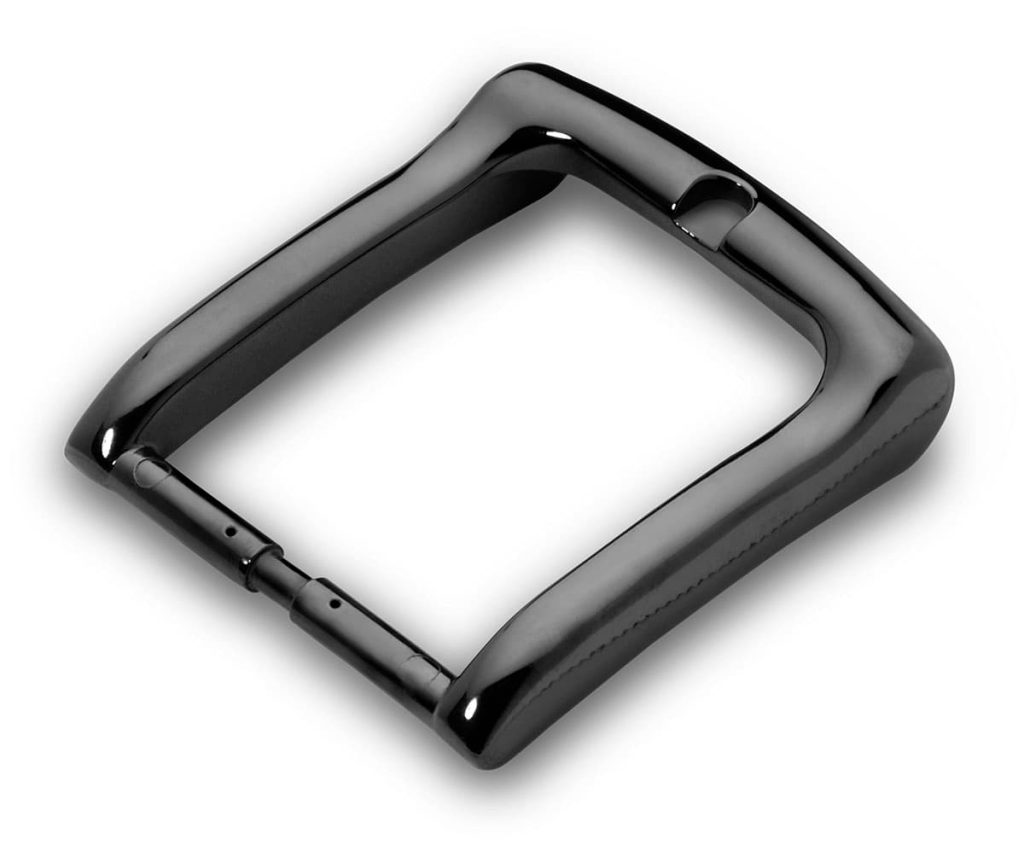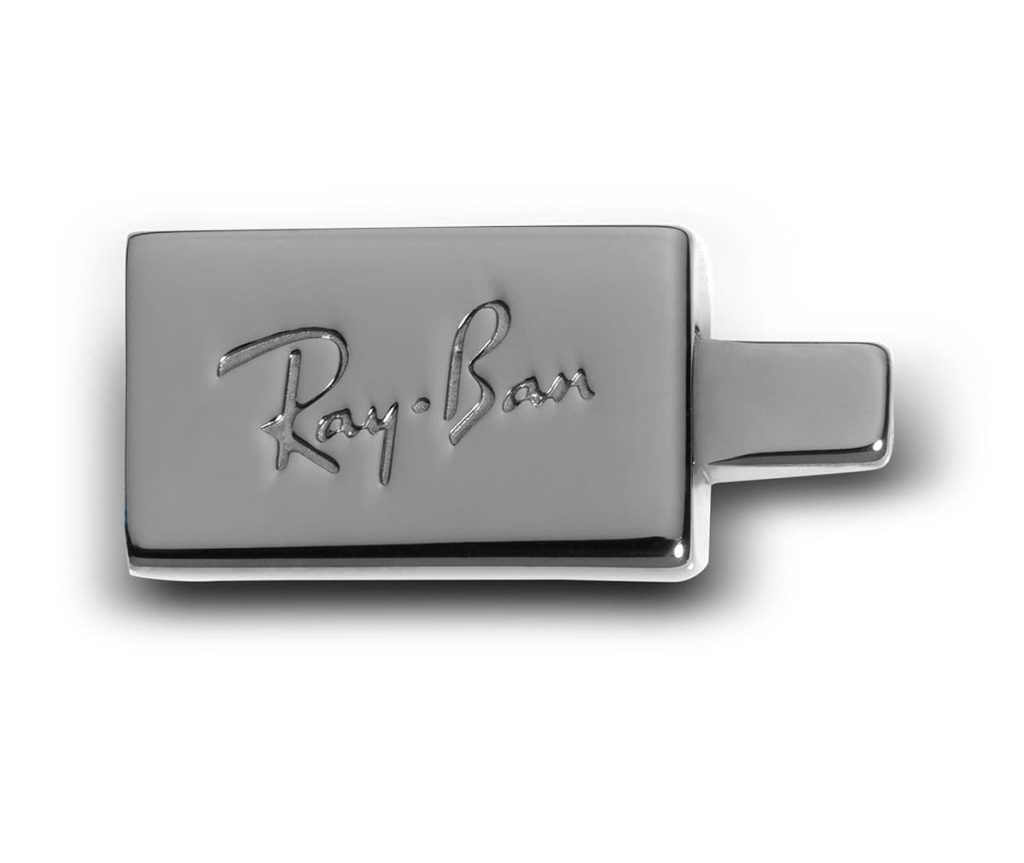
Acciai Inossidabili
Proprietà e applicazioni degli acciai inossidabili
Caratteristiche Acciaio AISI 316L
L’acciaio inossidabile è sicuramente il metallo che viene utilizzato maggiormente in termini di quantità annua: in particolare, l’acciaio inossidabile austenitico AISI 316L è uno dei materiali più comuni nel settore del MIM ed è il primo materiale che Silcon Plastic ha iniziato a processare nel 2008.
Il motivo di tale popolarità è dovuto alla sua eccellente resistenza a corrosione, all’elevata duttilità, all’alta tenacità e resistenza ad impatto (anche a basse temperature) e all’ottima saldabilità.
Queste proprietà derivano dalla particolare composizione chimica dell’acciaio, caratterizzato da un contenuto di cromo di circa il 16-19 wt% , che permette la formazione di un sottile film passivo superficiale che protegge il resto del materiale dalla corrosione.
A questo è associato anche un basso contenuto di carbonio (0,03 wt%) da cui deriva la sigla AISI 316L, dove “L” significa “low carbon”. Ciò fa sì che non si formino carburi di cromo durante i trattamenti termici, con conseguente sensibilizzazione del materiale che comporterebbe il decadimento della resistenza a corrosione.


Caratteristiche Acciaio Martensitico 17-4 PH
L’acciaio inossidabile martensitico 17-4 PH è il più usato tra la famiglia degli acciai induriti per precipitazione.
Trova applicazione nell’industria aerospaziale, chimica, petrolchimica, alimentare e, in generale, nel campo della moda. Questo acciaio offre un buon compromesso tra elevata resistenza meccanica, buona resistenza a corrosione e buona tenacità.
E’ disponibile in forma sinterizzata oppure dopo trattamento di invecchiamento. Nel primo caso il 17-4 PH ha caratteristiche di duttilità maggiore, nel secondo risulta essere meno duttile ma più resistente grazie alla precipitazione di carburi che, essendo finemente distribuiti, non minano la resistenza a corrosione e danno elevata resistenza meccanica.
In tabella sono riportate le proprietà meccaniche degli acciai AISI 316L E 17-4PH abitualmente processati da Silcon Plastic.
In tabella vengono riportate le proprietà degli acciai processati da Silcon Plastic srl
| Tipo Acciaio | C [wt%] | σy [MPa] | UTS [MPa] | ɛf [%] |
|---|---|---|---|---|
| MIM AISI 316L | 0,03 | > 140 | > 450 | > 40 |
| MIM 17-4PH | 0,07 | > 660 | > 800 | – |
